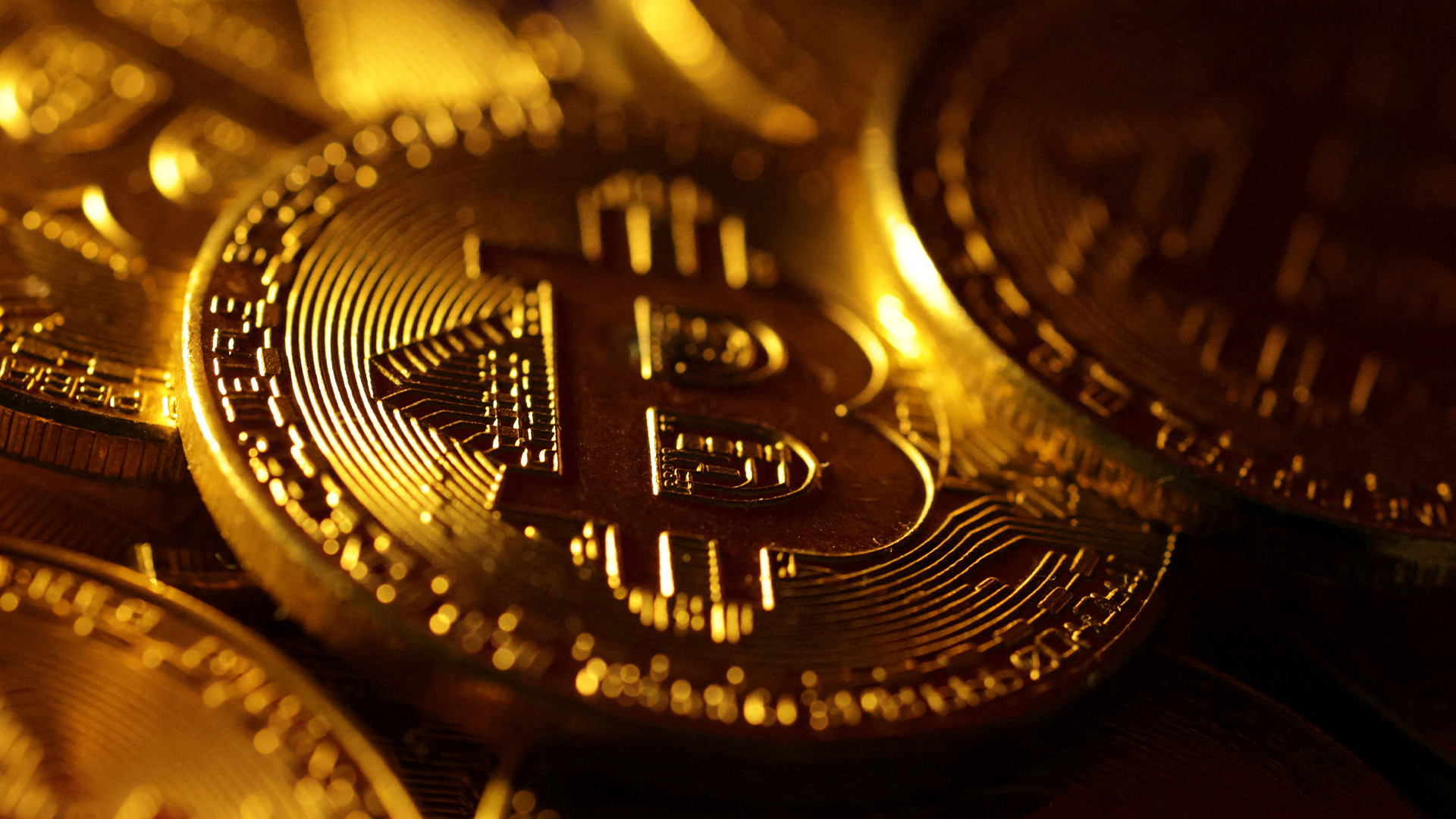Bitcoin maintained its position above $87,000 during Asian trading hours on Wednesday, with investors closely monitoring upcoming U.S. economic data and the potential effects of new tariffs set to take effect on April 2. Market participants largely adopted a wait-and-see approach as they assessed broader financial trends.
While major cryptocurrencies showed minimal movement, assets like Solana (SOL), XRP, BNB, and Ethereum (ETH) posted modest gains of under 3%. Meanwhile, Dogecoin (DOGE) outperformed the market with a 5.5% increase, marking its second consecutive day of gains. Other memecoins, including Pepe (PEPE) and Mog (MOG), also saw upward momentum, reinforcing the trend of these tokens acting as high-beta plays on Ethereum’s strength.
Shiba Inu (SHIB) surged by 11%, driven by a rotation into riskier assets and a significant 228% increase in trading volume on its native ShibaSwap exchange over the past month. Additionally, open interest in SHIB futures climbed by more than 20% since Sunday, indicating heightened trader expectations for increased volatility.
Despite these market movements, concerns persist regarding a potential U.S. economic slowdown. A swift unwinding of momentum trades in equities has prompted fund managers to adopt a more defensive stance. Augustine Fan, Head of Insights at SignalPlus, noted that markets are likely to continue their moderate rebound through the end of the month, with a key focus on the upcoming tariff announcement from former President Trump on April 2. He suggested that a softer tariff stance could help repair recent technical damage in U.S. equities and contribute to a broader global market rally, particularly following gains in European and Chinese stocks.
Fan also highlighted the strong correlation between cryptocurrencies and traditional equities, stating that in the absence of a unique catalyst, crypto prices are expected to mirror stock market trends. However, recent merger and acquisition developments involving Coinbase and Kraken have reinforced confidence in the long-term sustainability of the crypto bull market.
Meanwhile, analysts at QCP Capital pointed out that the second quarter—especially April—has historically been one of the most favorable periods for risk assets, second only to the December rally. They noted that the S&P 500 has delivered an average annualized return of 19.6% during Q2, with Bitcoin also posting its second-best historical performance during this period, trailing only Q4.
Despite this optimism, options traders remain cautious. Analysts observed that call skew has yet to shift significantly in favor of bullish positions, with notable changes only expected from June onwards. As a result, traders are closely watching the upcoming release of the Personal Consumption Expenditure (PCE) data, which could serve as a key market catalyst.
The PCE index, which tracks inflation trends across consumer spending categories, is known to influence Federal Reserve interest rate decisions. Elevated PCE readings suggest rising inflation, potentially prompting rate hikes that could dampen risk appetite and exert downward pressure on Bitcoin. Conversely, lower-than-expected inflation data could signal a more accommodative Fed stance, boosting liquidity and supporting Bitcoin’s role as both a speculative asset and an inflation hedge.
The next PCE report, scheduled for release on March 28, is expected to shape market sentiment, with Bitcoin’s reaction closely tied to shifting expectations around Fed policy. As traders adjust their positions accordingly, increased volatility is likely to follow.
By Alejandro Silva Ramírez, Crypto Analyst & Columnist

